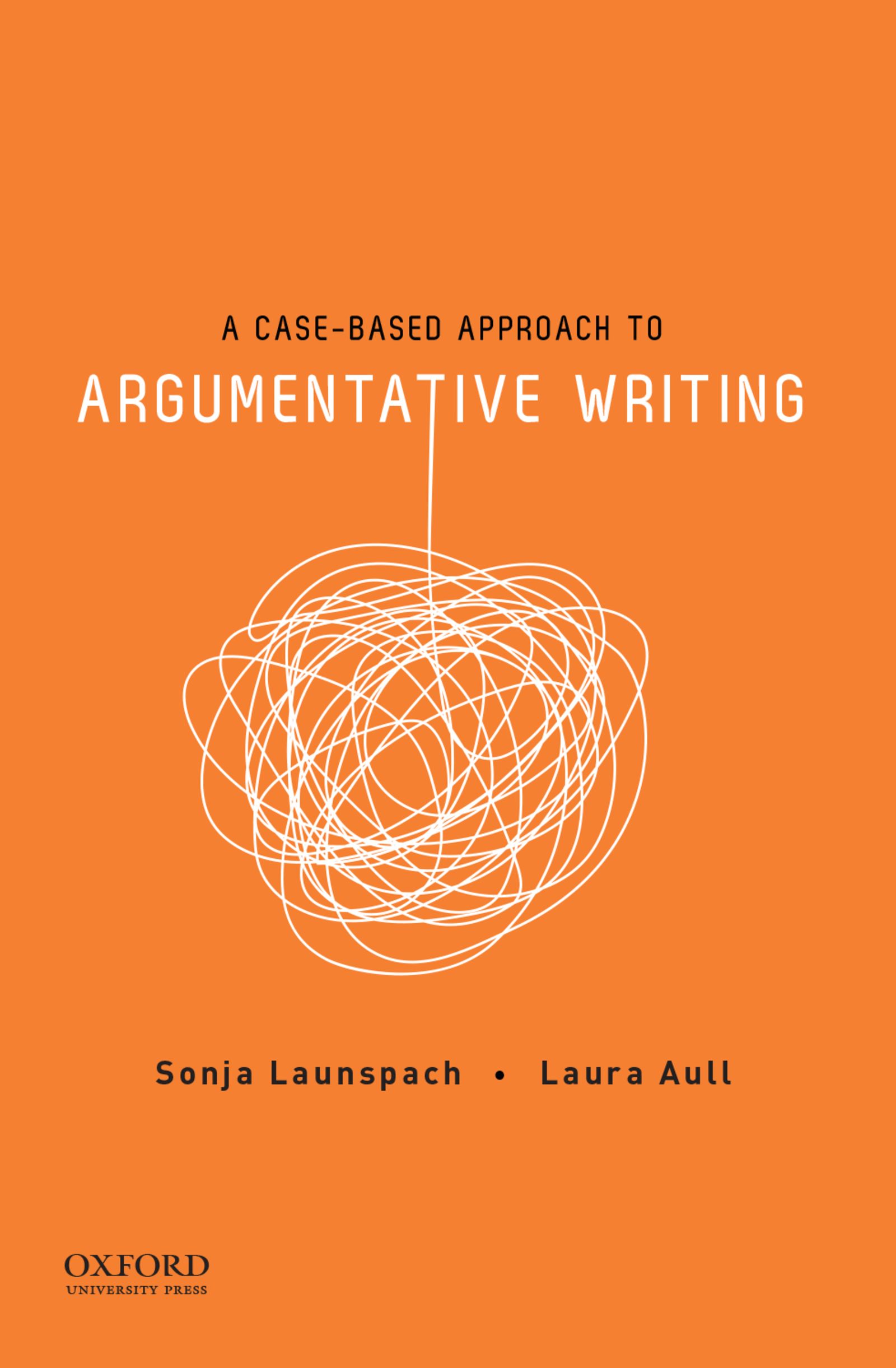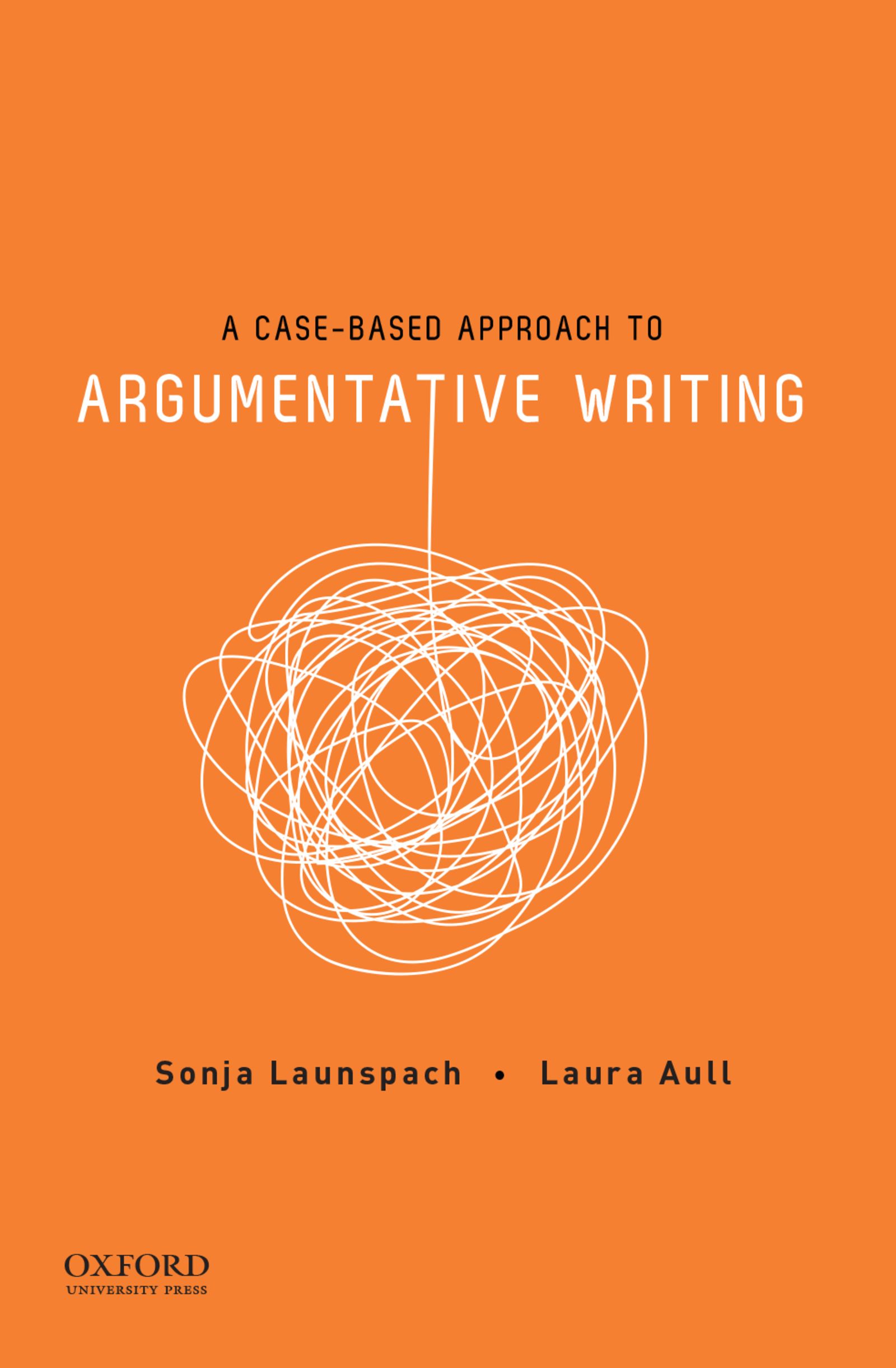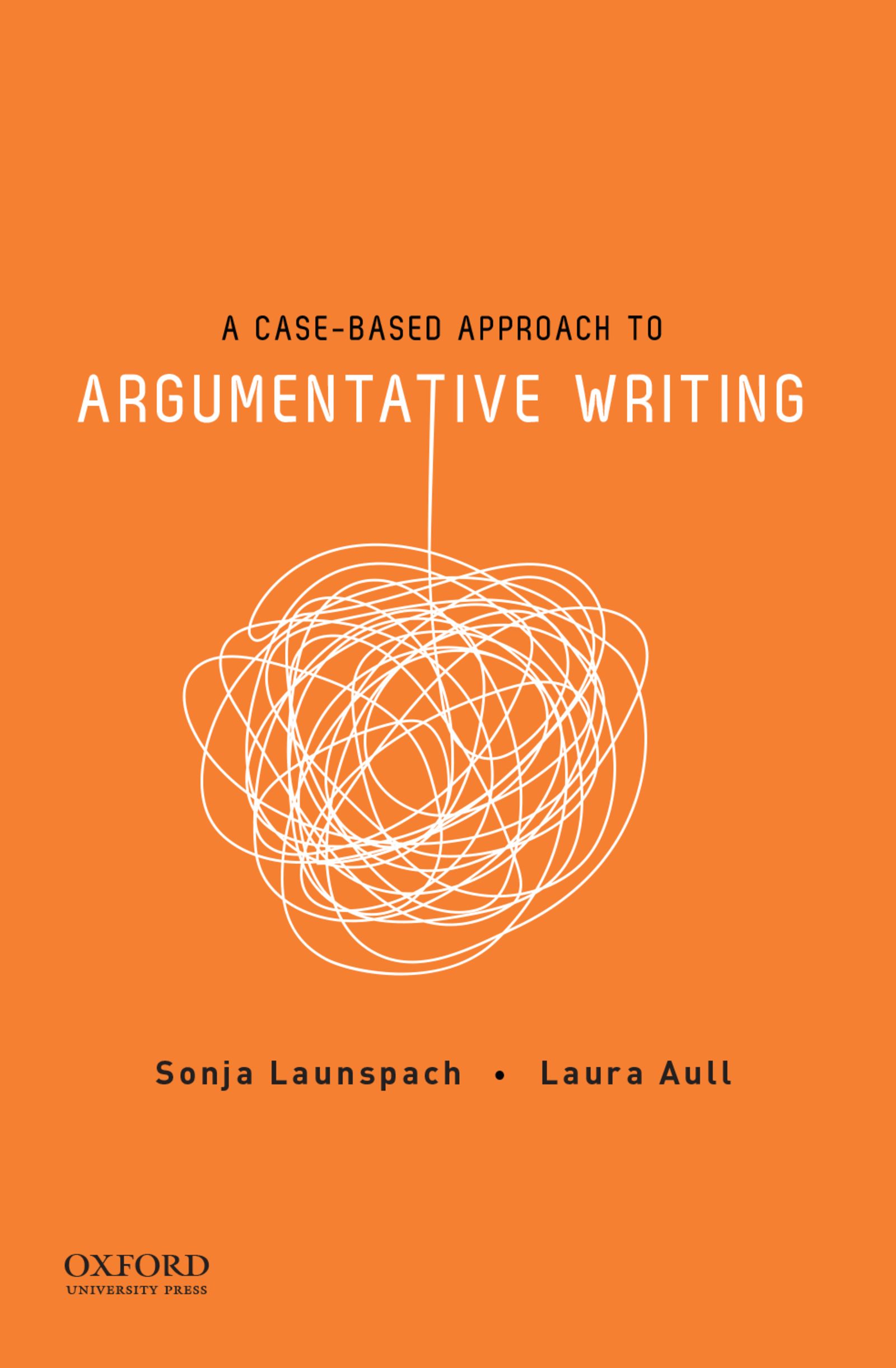- English

Description
Resources for A Case-Based Approach to Argumentative Writing 1e
No results were found
Suggestions:
- Make sure the author's name is spelled correctly
- Make sure you are in the right Discipline
- Try searching only the last name

Instructor Resources to accompany A Case-Based Approach to Argumentative Writing
- Learning Objectives
- Key Concepts
- Chapter Overview
- Rhetorical Moments...

Student Resources to accompany A Case-Based Appraoch to Argumentative Writing
- Key Concepts
- Learning Objectives
- Chapter Reading Quizzes
- Sample Writing...